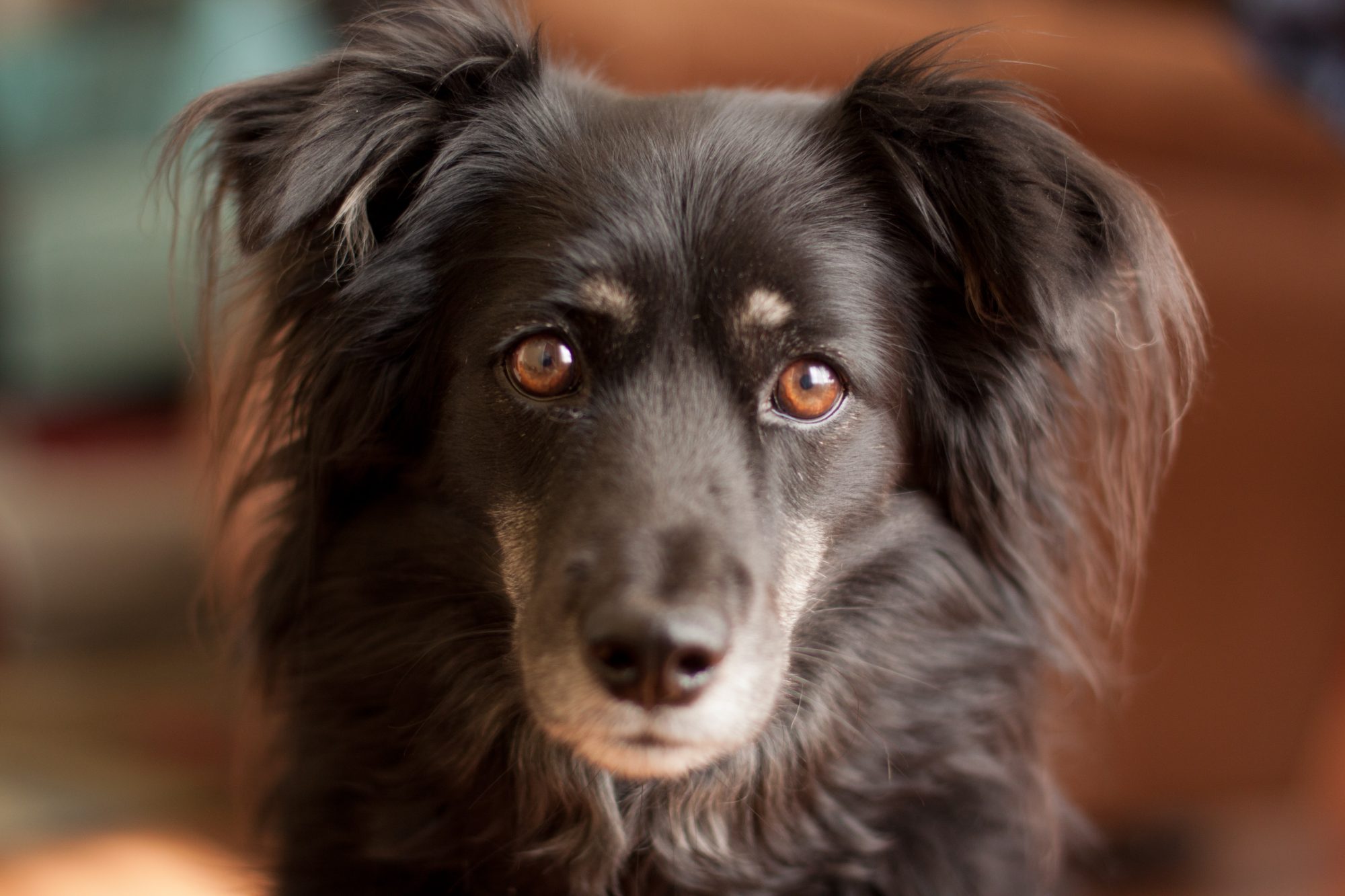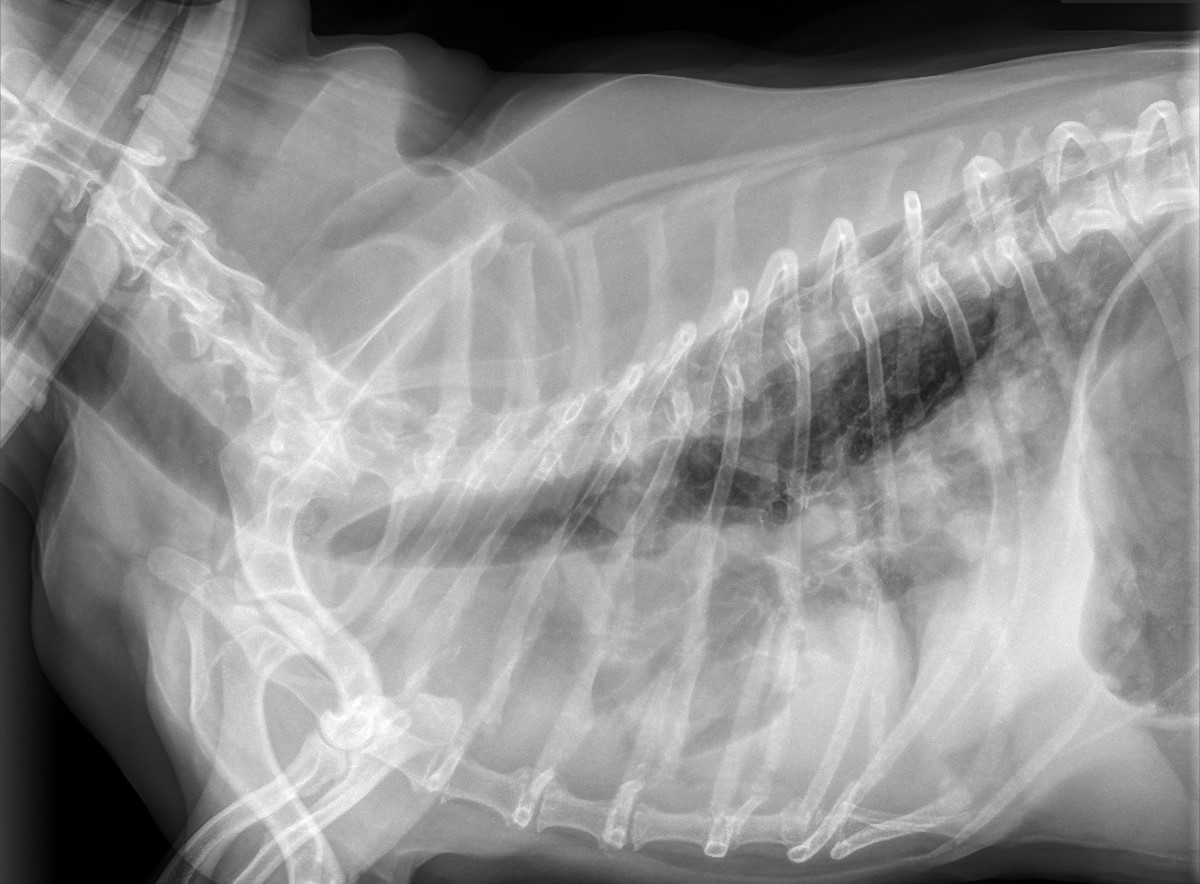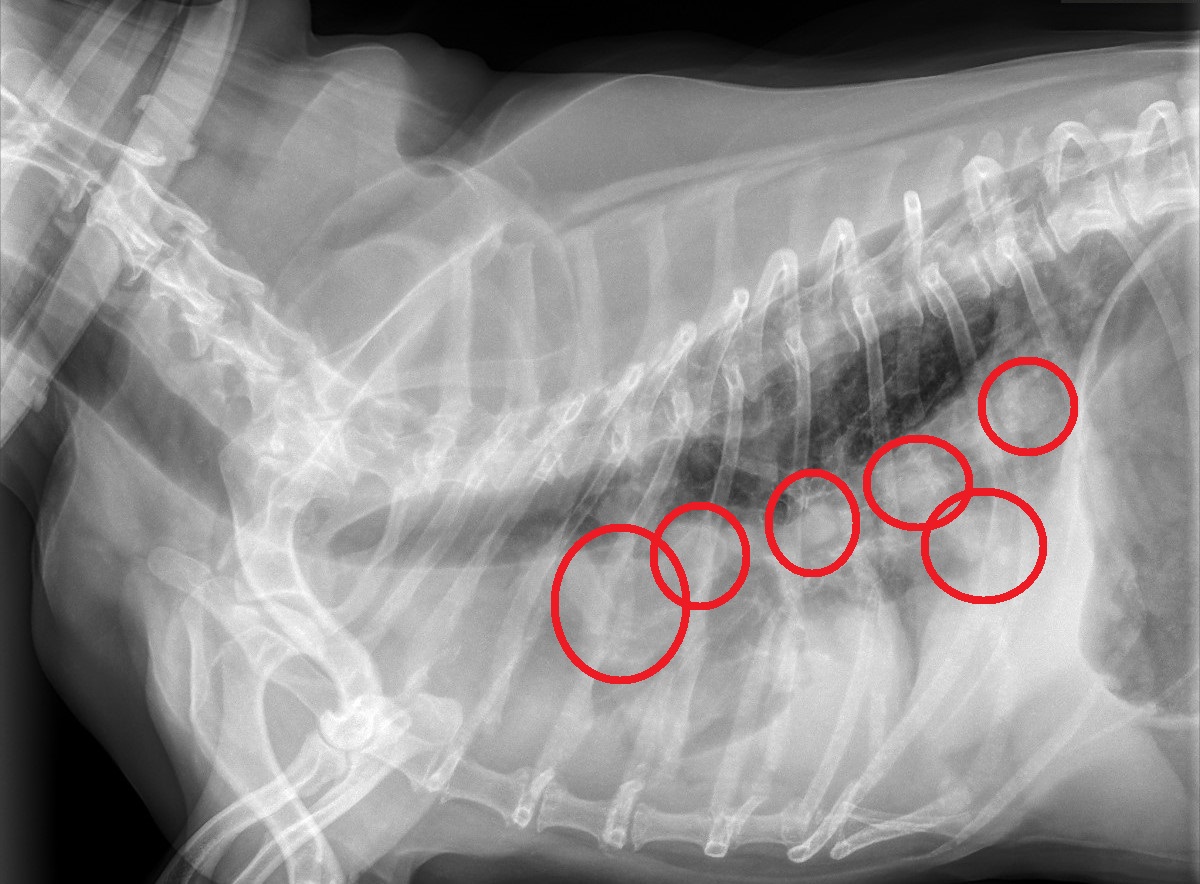Dr. Phil Zeltzman’s Blog
The sad and avoidable cautionary tale of Wiggles

Wiggles, a 12 year old Terrier, recently had surgery at a colleague’s practice.
Her problem?
She had mammary (breast) tumors.
Before that, my colleague (wisely) recommended to take chest X-rays to make sure that if it were cancer, nothing had spread to the lungs.
This is considered standard of care, meaning this is the right thing to do in modern practice.
For whatever reason – financial, lack of trust, poor understanding, miscommunication – I am not here to judge – the owner declined the X-rays.
So Wiggles had surgery to remove the tumors.
Everything went well. She recovered smoothly and went home.
I came to that hospital a couple of days after that do perform surgery on a totally different patient.
As I walked through the kennel, I was rather surprised to hear a dog actively struggling to breathe, and clearly suffering.
Of course, having a really hard time seeing a pet struggle, I inquired about her, and this is how I learned the whole story I shared above.
While I was performing surgery, the nurses did the only reasonable thing to do: they took chest X-rays on Wiggles.
Here is one of them below.
Do you see anything abnormal?

Here is the X-ray again, this time with red lines around the areas of interest.

Well, I am sad to say that each mass or nodule or tumor inside a red circle is a sign of metastasis (or spreading) of breast cancer to the lungs.
No need to wait for the biopsy to come back.
Wiggles had cancer.
Terminal cancer.
The suspicion is that she was OK before surgery, and anesthesia and surgery pushed her body “over the edge.” We call this phenomenon “decompensation.”
After a probably unpleasant discussion about the new findings and the dire situation with her family vet, the owner elected humane euthanasia.
I tend to only write about happy stories and optimistic outcomes in this blog. I feel that there is enough misery in the world. I don’t need to add more sadness, drama and negativity.
So why did I choose to write about the sad story of Wiggles?
Because she and her family went through a lot, medically, financially and emotionally, and it all could have been avoided.
I don’t say this to make her owners feel bad – I feel terrible for them.
I decided to share this story with the hope that at least, it doesn’t happen to one of my clients or readers.
Now, of course, the other cautionary tale is that ALL of this could have all been prevented by spaying this poor pup before her 1st heat.
I realize this is controversial for some, so please hold the hate mail.
Don’t believe the ridiculous things you hear and read.
The ONLY way to prevent mammary tumors is to spay a female – dog or cat – before their 1st heat.
Unlike what you will read elsewhere, this is not based on dogma, or brainwashing, or made-up facts, but based on science – the only thing I believe in.
And keep in mind that this is coming from a vet who hardly ever spays a dog. I’m a surgeon, so I tend to do the fancier surgeries.
I truly don’t have a bone in this fight.
My hope is to help prevent other pets and their families from going through the horror of breast cancer.
Here are some undeniable scientific facts:
. Over 25% of non-spayed female dogs will develop breast or mammary tumors!
. The risk of a dog having mammary tumors is 0.05% if a female is spayed before the first heat.
. The risk goes up to 8% after their first cycle.
. Then it shoots up to 26% after their second heat.
. If a dog is spayed after 2 years of age, then there is no more protection against breast tumors.
. However, it will protect her against other conditions, including pyometra (an infected uterus – a deadly condition). This is the reason why most vets typically recommend spaying before the 1st heat cycle.
. In dogs, approximately 50% of mammary tumors are benign and 50% are cancerous
. In cats, 90% of mammary tumors are cancerous, so spaying is even more important!
I hope one pet lover learn from this sad story.
Even if only one pet is spared, then this blog will be more than worth it.
If you would like to learn more about how your pet can have safe surgery and anesthesia, contact us through www.DrPhilZeltzman.com
Phil Zeltzman, DVM, DACVS, CVJ, Fear Free Certified
www.DrPhilZeltzman.com

Dr. Phil Zeltzman is a traveling veterinary surgeon in Pennsylvania & New Jersey. An award-winning author, he loves to share his adventures in practice along with information about vet medicine and surgery that can really help your pets. Dr. Zeltzman specializes in orthopedic, neurologic, cancer, and soft tissue surgeries for dogs, cats, and small exotics. By working with local family vets, he offers the best surgical care, safest anesthesia, and utmost pain management to all his patients. Sign up to get an email when he updates his blog, and follow him on Facebook, too!

